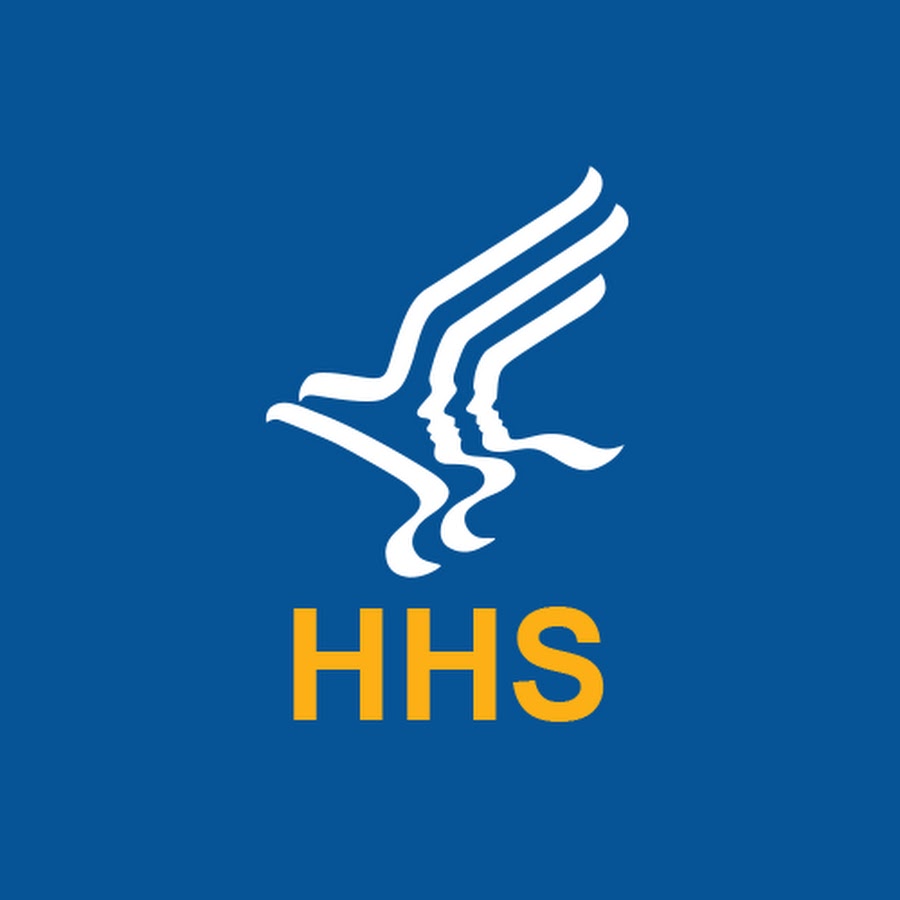Physical Activity Guidelines & Resources for Disease Prevention in 2025

The U.S Department of Health and Human Services Office of Disease Prevention and Health Promotion has released the second edition of their Physical Activity_Guidelines (available as a pdf). The guidelines provide evidence-based guidance to help people maintain or improve their health through physical activity. They also have released a number of resources that highlight simple steps people can take to get active and eat healthy. While each resource is available in English and Spanish, the physical activity guidelines themselves are currently only available in English.
[doc id=64401]
10 Key Messages
The 2nd Edition has 10 key messages for individuals and families
1) There are new key guidelines for children ages 3 through 5, and updated guidelines for youth ages 6 through 17, adults, older adults, women during pregnancy and the postpartum period, adults with chronic health conditions, and adults with disabilities. All of these guidelines are evidence-based.
2) Adults caring for preschool-aged children, ages 3-5, should encourage at least 3 hours per day of active play (light, moderate, or vigorous intensity). This level of activity enhances growth and development.
3) Youth age 6 through 17 years old need at least 60 minutes per day of moderate-to-vigorous aerobic physical activity. Examples include running, or anything that makes the heart beat faster. These youth also need activities that make their muscles and bones strong, like climbing on playground equipment, playing basketball, and jumping rope.
4) Adults need more than 2 1/2 hours of moderate-intensity aerobic activity, like brisk walking or fast dancing, each week. Adults also need muscle-strengthening activity, like lifting weights or doing push-ups, at least 2 days each week.
5) The latest scientific evidence shows that physical activity has many health benefits independent of other healthy behaviors, like good nutrition.
6) The first key guideline for adults is to move more and sit less. New evidence shows a strong relationship between increased sedentary behavior and increased risk of heart disease, high blood pressure, and all-cause mortality. All physical activity, especially moderate-to-vigorous activity, can help offset these risks.
7) Any amount of physical activity has some health benefits. Don’t treat the recommendations as all or none. Moving more frequently throughout the day, regardless the amount, helps to eventually meeting the guidelines.
8) New evidence shows that physical activity has immediate health benefits. For example, physical activity can reduce anxiety and blood pressure and improve quality of sleep and insulin sensitivity.
9) Meeting the recommended guidelines consistently over time can lead to even more long-term health benefits. For example: For youth, physical activity can help improve cognition, bone health, fitness, and heart health. It can also reduce the risk of depression. For adults, physical activity helps prevent 8 types of cancer (bladder, breast, colon, endometrium, esophagus, kidney, stomach, and lung); reduces the risk of dementia (including Alzheimer’s disease), all-cause mortality, heart disease, stroke, high blood pressure, type 2 diabetes, and depression; and improves bone health, physical function, and quality of life. For older adults, physical activity also lowers the risk of falls and injuries from falls. For pregnant women, physical activity reduces the risk of postpartum depression. And for all groups, physical activity reduces the risk of excessive weight gain and helps people maintain a healthy weight. And…
10) New evidence shows that physical activity can help manage more health conditions that Americans already have. For example, physical activity can decrease pain for those with osteoarthritis, reduce disease progression for hypertension and type 2 diabetes, reduce symptoms of anxiety and depression, and improve cognition for those with dementia, multiple sclerosis, ADHD, and Parkinson’s disease.
Additional Resources
The U.S. Department of Health has also published resources specifically aimed at different demographics such as: adult men and women; older adults; pregnant and postpartum people; and parents. These resources present personal stories of people within each demographic, providing examples of how they meet the recommended guidelines of physical activity in their daily lives.
You can find more resources related to physical health by selecting the “Primary Medical Care” and/or “Recreation” category tab on our Social Service “Utilization Library” page.
-AMAZONPOLLY-ONLYAUDIO-START- You can find links to the resources mentioned in this episode with the written version of this story on our website at cincinnati, dot, united resource connection, dot, org. You’ve been listening to the Cincinnati Social Service News, now available as a podcast on Amazon Music, Audible, Apple Podcasts & iTunes, YouTube, and Spotify. If you have social service news to submit to this podcast, visit cincinnati dot united resource connection dot org. Once there you can also subscribe to get a free summary of the past week’s local social service news stories emailed to you every Monday morning. So subscribe to our e-newsletter and podcast, and visit us online to discover more social service news and resources. -AMAZONPOLLY-ONLYAUDIO-END-
